The basic forces in nature
Contemporary Physics Education Project
Fundamental Forces
The interactions in the Universe are governed by four forces (strong, weak, electromagnetic and gravitational).
Physicists are trying to derive a unified theory that would describe all
the forces in nature as a single fundamental law.
So far they have succeeded in producing a unified description of
the weak and electromagnetic forces, but a deeper understanding
of the strong and gravitational forces has not yet been
achieved.
Quantum physics describes the mutual effect of forces
on particles by the "exchange" of
other particles. For example, electrically charged particles attract or
repel each other by emitting and absorbing photons, which carry the
electromagnetic interaction.
FUNDAMENTAL FORCES
| Interaction |
Relative Strength |
Range |
Mediating Particle |
|
| Strong |
1 |
Short |
Gluon |
|
| Electromagnetic |
0.0073 |
Long |
Photon |
|
| Weak |
10-9 |
Very Short |
W,Z |
|
| Gravitational |
10-38 |
Long |
Graviton |
|
Table courtesy of University of Guelph, Guelph, Ontario (Cananda)
You might also be interested in:

The neutrino is an extremely light (and possibly massless) neutral particle. The neutrino belongs to the family of leptons, the particles that interact through the so-called weak force. For this reason
...more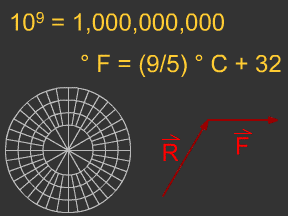
Some concepts are used in many different fields of science and serve as a general purpose "toolbox" that helps us understand and manipulate ideas across disciplines. These "tools for math and science"
...more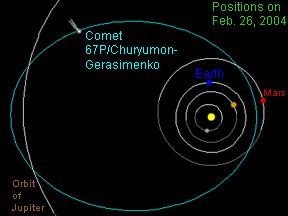
Mechanics is the term used to refer to one of the main branches of the science of physics. Mechanics deals with the motion of and the forces that act upon physical objects. We need precise terminology
...more
Even though we can't see air, it is real and is made of up many molecules which are zipping around at astonishing speeds. Air molecules travel about 1,090 mph at the surface of the Earth. That said, all
...more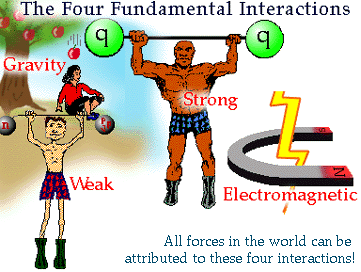
The interactions in the Universe are governed by four forces (strong, weak, electromagnetic and gravitational). Physicists are trying to derive a unified theory that would describe all the forces in nature
...more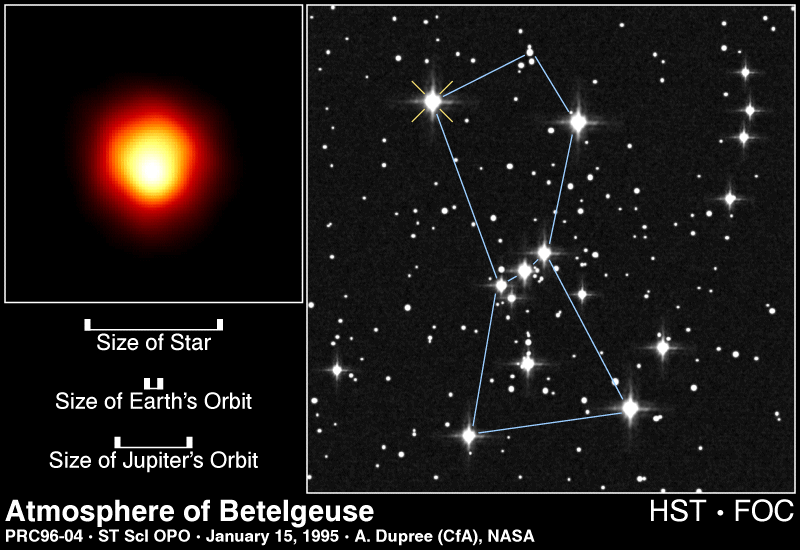
When the temperature in the core of a star reaches 100 million degrees Kelvin fusion of Helium into Carbon occurs (three Helium nuclei combine to form a nucleus of Carbon). In the same range of temperature
...more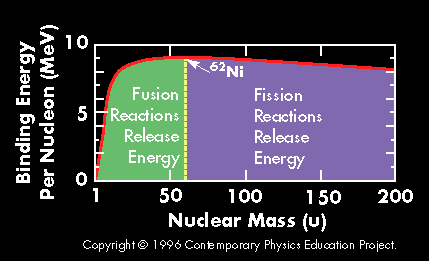
A plot of the binding energy per nucleon vs. atomic mass shows a peak atomic number 56 (Iron). Elements with atomic mass less then 56 release energy if formed as a result of a fusion reaction. Above this
...more














